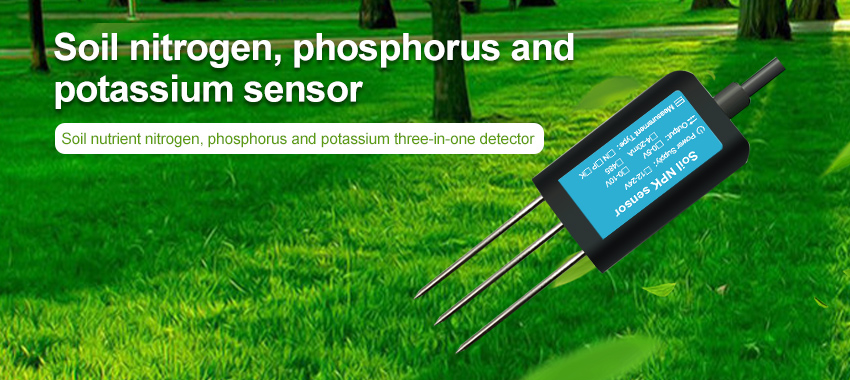soil. Optimal crop production requires precise control over environmental conditions, including moisture content in the soil. Soil sensors provide real-time data on soil moisture levels, allowing farmers to make informed decisions about irrigation practices. Traditional soil sensors require manual monitoring, which is time-consuming and costly. However, with advances in technology, wireless soil sensors powered by solar energy have emerged as a promising solution. This article explores the concept of wireless soil sensors powered by solar energy and their benefits in optimizing agricultural practices.

Understanding Soil Moisture:
Soil moisture is a critical factor in plant health and growth. It affects nutrient availability, influences physiological processes, and can lead to plant stress if not properly managed. By monitoring soil moisture levels, farmers can determine when and how much water is needed for optimal plant health.
Working Principle of Wireless Soil Sensors:
Wireless soil sensors utilize probes that are inserted into the soil to measure moisture content. These probes communicate wirelessly with a central hub or system, providing real-time data on soil moisture levels. The system can be programmed to trigger alerts or activate irrigation systems when soil moisture falls below a certain threshold.
Benefits of Wireless Soil Sensors:
Real-Time Data: Wireless soil sensors provide real-time data on soil moisture levels, allowing farmers to make informed decisions about irrigation practices. This reduces the risk of over or under-watering, leading to more efficient water usage and healthier crops. b)
Cost Savings:
Traditional soil sensors require manual monitoring, which is time-consuming and costly. Wireless soil sensors eliminate the need for manual monitoring, reducing labor costs associated with monitoring soil moisture levels. c)
Flexibility:
Wireless soil sensors can be placed anywhere in the field, providing greater flexibility in monitoring soil moisture levels. They can also be easily relocated to areas of concern or where moisture levels are changing. d)
Sustainability:
Wireless soil sensors powered by solar energy contribute to environmental sustainability. They reduce energy consumption associated with traditional sensors and eliminate the need for batteries, which can be harmful to the environment.
Integration with Smart Technology:
Wireless soil sensors can be integrated with smart technology for enhanced functionality. By connecting the sensors to a central system or mobile application, farmers can remotely monitor and control irrigation schedules, receive alerts about soil moisture levels, and access historical data for analysis. This integration allows for more precise management and greater flexibility in irrigation practices.
Solar Energy:
Wireless soil sensors are powered by solar energy, eliminating the need for batteries or external power sources. Solar panels convert sunlight into energy, which is stored in batteries and used to power the sensors. This reduces energy costs and helps reduce the environmental impact of agriculture.

Sensor Placement:
Proper sensor placement is crucial to obtain accurate soil moisture readings. Sensors should be installed at different depths to capture variations in moisture content throughout the root zone. b)
Solar Panel Placement:
Solar panels should be placed in areas that receive adequate sunlight to ensure optimal energy production. c)
Maintenance and Monitoring:
Regular maintenance and monitoring of the sensors and solar panels ensures optimal performance and reliable data.
Conclusion:
Wireless soil sensors powered by solar energy provide a sustainable and efficient solution for monitoring soil moisture levels in agriculture. By providing real-time data, reducing labor costs, and promoting sustainable practices, these sensors are an essential tool for modern agriculture. As technology continues to advance, wireless soil sensors will play an increasingly essential role in ensuring sustainable and productive crop production.